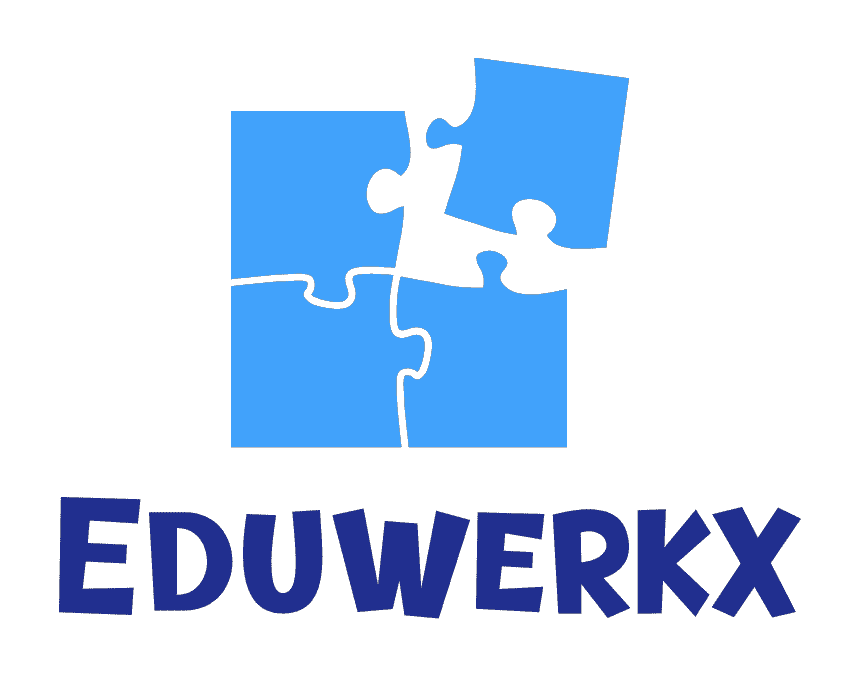Think of your child’s brain as a room that comes equipped with a powerful inbuilt server tucked away in one corner, this server is uniquely designed to store and organize visual information. It functions as the same storage system that the eyes rely on to process and interpret what they see. Every day, your child is given a fixed amount of mental energy, like a daily allowance, which they must choose to spend. If your child relies on word-heavy learning and practice, their eyes are constantly sending symbols directly to the room to be assembled into complete pictures.
This process is similar to copying a block of text, pasting it into Google Translate, trying to make sense of the translated version through sound, searching for pieces to match those sounds before finally assembling everything together to figure out what it all means. As the brain is focused on constructing meaning from these symbols, the working memory has fewer capacity left for other cognitive functions like critical thinking or creativity. Basically, the more your child’s working memory is occupied with decoding symbols, the more they feel that they are thinking very hard. This leaves them with lesser mental capacity for deeper understanding and the use of other cognitive functions.
The Hidden Flaw in Word-Based Learning No One Talks About
But what if that’s not the biggest problem? A far more concerning outcome is that your child is developing the habit of storing information and thinking in words. Now imagine after struggling to understand something through a long, word-based process, only to face an equally complicated task of manually creating connections and storing that information in words—and then reverse the entire process just to recall it later. It’s no wonder learning feels like a slow, draining and deeply frustrating experience. In response, the brain instinctively activates a protective mechanism to safeguard your child’s energy reserves.
It subtly shifts their perception, causing them to view this form of learning as tedious or unappealing, thereby prioritizing energy conservation for optimal growth and development. This defence mechanism fosters feelings of resistance and disengagement, steering them away from the activity. Another problem with word-based learning is that it requires significant and regular mental energy investment, the brain must regularly reactivate the neural pathways for language-based memories to keep the information from fading. Learning with words demands repetition and the moment you stop practicing, the knowledge begins to disappear.
When a big challenge like a complex problem enters their room, children often struggle to navigate it effectively. They attempt to recall what they have learned by retrieving the information in the form of symbols or words. The problem with recalling information through language is that it requires the brain to retrieve items in the correct order. When children remember parts of the information but can’t piece them together in the right sequence, the brain doesn’t release the next set of information, which disrupts the flow of recall. This creates a mental block that adds to the cognitive load in the working memory, making the process even more difficult.
The working memory becomes overcrowded, and with every step, your child has to use extra energy to move mental obstacles just to make a path. To cope with the demand, the brain activates the stress response system to bring in extra mental resources. However, this doesn’t increase the working memory space—it’s still a tight space, and part of the challenge remains cornered against the wall. To fully understand the challenge, the child must explore the hidden corner blocked by the wall, which requires even more cognitive effort. As a result, children often become so mentally drained that they have little energy left to tackle the real challenge.
This exhaustion can quickly lead to discouragement and a growing reluctance to even try. When the challenge is too big to even fit in the room, your child becomes overwhelmed. By the end of the day, your child has very little mental energy left to grow their room. Words-based learning, being millions of years behind in evolution compared to image-based learning, is more manual, demanding and energy-draining process. In contrast, image-based learning happens more naturally, images are stored as they are, making them far more durable and much easier to recall.
This is why you can still recognize your teachers after a decade, even if you have forgotten their names. Curious how the same learning process is like when your child uses images? Like and follow to find out more.
